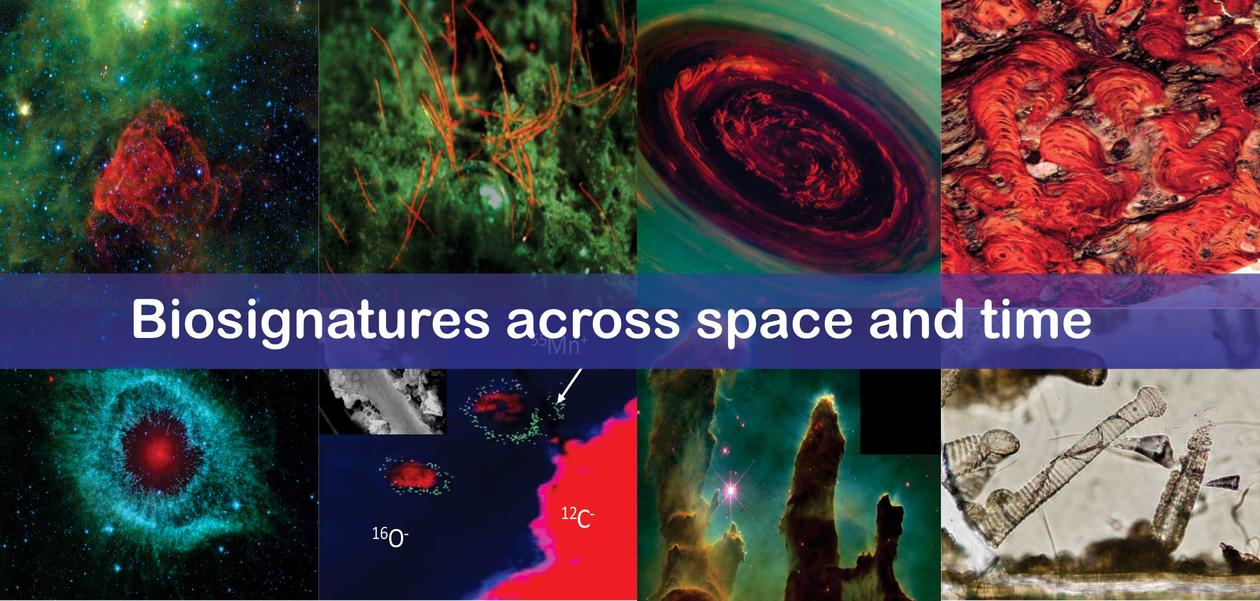The Co-Evolution of the Geosphere and Biosphere - Horizons lecture by Robert M. Hazen
Professor Robert Hazen tells the story of Earth's 4.56 billion-year history as a complex co-evolution between the geosphere and biosphere.

Main content
Robert M. Hazen is author of more than 380 articles and 25 books on science, history, and music. His most recent book is the critically acclaimed The Story of Earth.
Hazen is Senior Staff Scientist at the Carnegie Institution’s Geophysical Laboratory and Clarence Robinson Professor of Earth Science at George Mason University. He received the BS and SM in geology at the MIT, the PhD at Harvard University in Earth science, and was NATO Postdoctoral Fellow at Cambridge University.
Lecture abstract
The near-surface environment of terrestrial planets and moons evolves as a consequence of selective physical, chemical, and biological processes—an evolution that is preserved in the mineralogical record.
Mineral evolution begins with approximately 12 different refractory minerals that form in the cooling envelopes of exploding stars. Subsequent aqueous and thermal alteration of planetessimals results in the approximately 250 minerals now found in unweathered lunar and meteorite samples.
Following Earth’s accretion and differentiation, mineral evolution resulted from a sequence of geochemical and petrologic processes, which led to perhaps 1500 mineral species. According to some origin-of-life scenarios, a planet must progress through at least some of these stages of chemical processing as a prerequisite for life. Once life emerged, mineralogy and biology co-evolved and dramatically increased Earth’s mineral diversity to >4000 species.
Sequential stages of a planet’s near-surface evolution arise from three primary mechanisms: (1) the progressive separation and concentration of the elements from their original relatively uniform distribution in the presolar nebula; (2) the increase in range of intensive variables such as pressure, temperature, and volatile activities; and (3) the generation of far-from-equilibrium conditions by living systems. Remote observations of the mineralogy of other terrestrial bodies may thus provide evidence for biological influences beyond Earth.
Recent studies of mineral diversification through time reveal striking correlations with major geochemical, tectonic, and biological events, including large-changes in ocean chemistry, the supercontinent cycle, the increase of atmospheric oxygen, and the rise of the terrestrial biosphere.
The event starts with a snack and refreshments in advance of the lecture that begins at 17.15 at Studentsenteret, Egget (Parkveien. 1).
The lecture is open to all. Welcome!
Studia will be selling Hazens latest book before the lecture, and Hazen will be signing books after his lecture.
Interested in upcoming Horizon lectures? Send an e-mail to Kristin Bakken to receive information by e-mail in advance of lectures. Or join the Horizons group on Facebook.
Find the event on Facebook.


